
Bangs mussed to a T, a penchant for the mini (of the dress or shorts variety), and a bag that’s harder to get your hands on than the nuclear launch codes: Jane Birkin’s name has become virtually synonymous with cool. From her swingin’ young adult years, spent cavorting with the Beatles in London, to the ’70s in the heart of Paris, where she was embroiled in a tempestuous love affair with the louche songwriter Serge Gainsbourg, Birkin surfed the changing societal and sartorial tides with a witches’ brew of sincerity and insouciance. There was only one way to describe her: It girl.
That’s the term Marisa Meltzer has taken as the title of her new biography of the singer, out Oct. 7. Known for her 2023 bestseller Glossy: Ambition, Beauty, and the Inside Story of Emily Weiss’s Glossier, the journalist looked for the woman behind the late muse in the archives of French Vogue, Hermès workshops, and the black-velvet-lined townhouse that Birkin shared with Gainsbourg, complete with old cigarette butts and the songwriter’s beloved Lolita poster. Here, she gives CULTURED a peek at her process.
CULTURED: The book’s epigraph is from Oscar Wilde’s The Importance of Being Earnest: “To be natural is such a very difficult pose to keep up.” Why start with that quote?
Marisa Meltzer: I thought it really got to the heart of what Jane Birkin was all about, which was seeming like everything was easy. The challenge of this book was showing the truth behind it—whether it was difficult or it really was easy, breezy fun. She is very easy to write off or dismiss as a muse and a great inspiration and someone who’s fashionable. But those are very surface level ways to think about her. I came away with the fact that she’s a complex person like anyone. There was a lot of melancholy in her life and a lot of hardship. There was jealousy over actors that were taken more seriously. There were things that she’s known for, like the Birkin bag, that did not seem to really preoccupy her at all. There’s this real difference between how she thought of herself, what preoccupied her, and how the world thinks of her.
I saw her as a real woman with real problems and also as someone who had a complicated life arc. She didn’t get to that superstar status outside of France. She’s still a bit of a cult figure and a little obscure because she prioritized what she wanted to do in her own life. I don’t think she was particularly concerned with making it in America or reminding the British that she was one of them. There’s a lot of talk about people who do things on their own terms. It’s overused, but she really did do things the way that she wanted to do them.
CULTURED: People try to apply the term “It girl” to just about anyone these days. What do you think it means to be an It girl, and what made Jane Birkin one?
Meltzer: You cannot decide you’re an It girl. Someone has to bestow it upon you. An It girl is representative of the moment, usually in style and in personality, what she’s doing, who she’s hanging out with. Their job is multi-hyphenate or indescribable. Jane Birkin was representative of this swinging ’60s era in London and was very much an It girl there. Then she moved to France when she was 21, and she became part of this other really important scene of France in the late-’60s and early-’70s: that Euro, jet-set world of cigarettes and cocktails.
The ultimate French girl is alluring, but someone who went and infiltrated the French world is even more exciting. If you look at the history of French It girls, there’s a lot of foreign-born ones: Josephine Baker, Marie Antoinette, Jane Birkin. These are all people that are not French, but really came to embody the country.
There’s a certain point when you’re in your 30s where you don’t want to be called an It girl anymore. It can feel a little bit paternal. You don’t really hear about “It Women.” Later in her life, if you look at the way that Birkin dressed in the ’80s, she’s wearing trousers. She’s wearing button down men’s shirts. She looks like she’s wearing the Row. As much as I hate the term “quiet luxury,” she really embodied that with a little bit more fun than most people. She modeled in a Margiela for Hèrmes show in 2000 with a deep v-neck sweater and loose fitting trousers, looking so cool. She really reflected but also anticipated the way that women wanted to dress for her entire life. Few people can do that. She wasn’t trying to be some kind of leader or anticipate what people were gonna wear in a commercial sense. It was really her own instincts.
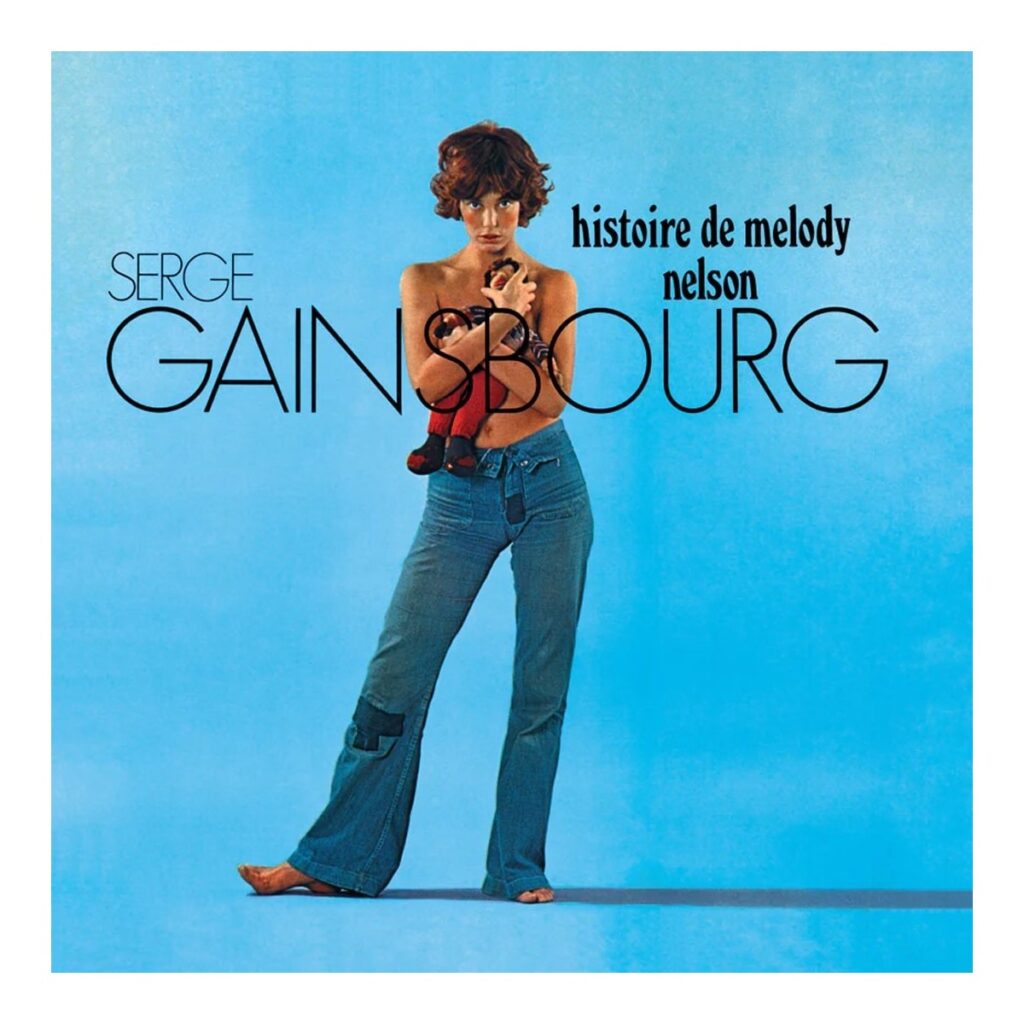
CULTURED: In the ’60s, what set Jane apart as a style icon and an artist from her contemporaries: Brigitte Bardot, Françoise Hardy, and Catherine Deneuve?
Meltzer: She was so good at seeming naïve—that Lolita quality. There was the cover of [Serge Gainsbourg’s] Melody Nelson, the album when she’s posing with a stuffed toy. There were the tiny knit shorts and tiny mini dresses she wore. But then she also had a fierceness in her. In that Melody Nelson cover, she’s supposed to be embodying a 14-year-old but she was actually pregnant with Charlotte Gainsbourg at the time. Or she was in the movie La Piscine playing this virgin 18-year-old character, but really she was a 21-year-old mom who was already divorced. She was able to have this childishness, but it was more out of her own breezy way of dealing with the world. It was not all she was.
CULTURED: This was also an era in haute couture when designers began working very closely with stars, a model that endures to this day. Can you talk a little bit about Jane’s relationship with designers of the time?
Meltzer: She definitely embraced the younger designers. You didn’t see her in Dior or Chanel. She loved Paco Rabanne and Thea Porter. She was a great friend of Yves Saint Laurent. You’d see her in Azzaro. You’d also see her in a lot of stuff that she picked up on vacations: the basket bag she bought at a market in London, the little espadrilles. She loved fancy clothes for sure, but specifically working with the new generation as opposed to the old generation that was grappling with how to understand the Baby Boomers and the changes of the ’60s.
She went to a state dinner in the early-’90s that Princess Di was at. If you look at footage, Diana is wearing this heavy, intense gown, and she looks melancholy, like she often does. Meanwhile, Jane Birkin is at the same dinner, wearing a custom, slinky silk shirt and tuxedo jacket, looking so comfortable. I think that is so modern.
CULTURED: How did Jane come to politics later in life?
Meltzer: She was always politically active. She writes really early on in her diary when she is 12 about going to an anti-death penalty march with her dad in London. Then she moved to Paris at the tail end of May ’68, which is this kind of huge shutdown of the country that started on college campuses. It was in the air, but it was also something that she had always connected with. She was someone who thought a great deal about justice. Her pet causes were always Doctors Without Borders or refugees or people who were displaced during an earthquake in Tokyo. She was willing to go to Sarajevo and put in the work. She donated her first Birkin bag back in 1994 for an AIDS charity [auction]. She never seemed to get overly cynical about the world.
CULTURED: What should a lover of Jane in her fashion begin with her film catalog?
Meltzer: La Piscine. It’s the south of France, summer, sex, murder, food, drinks. Also the movie Boxes, which is the one movie she wrote and directed, pretty matter of factly commenting on her own life and history. It’s a really great companion piece to this book. Then there’s the pair of documentaries. There’s Jane B. par Agnès V., which is an Agnès Varda documentary about her as she’s turning 40. Right before she died there was Jane by Charlotte, which was directed by her daughter, Charlotte Gainsbourg. It shows some of her last tours and comments a lot on their relationship. It’s a flawed documentary, but it’s great to watch.

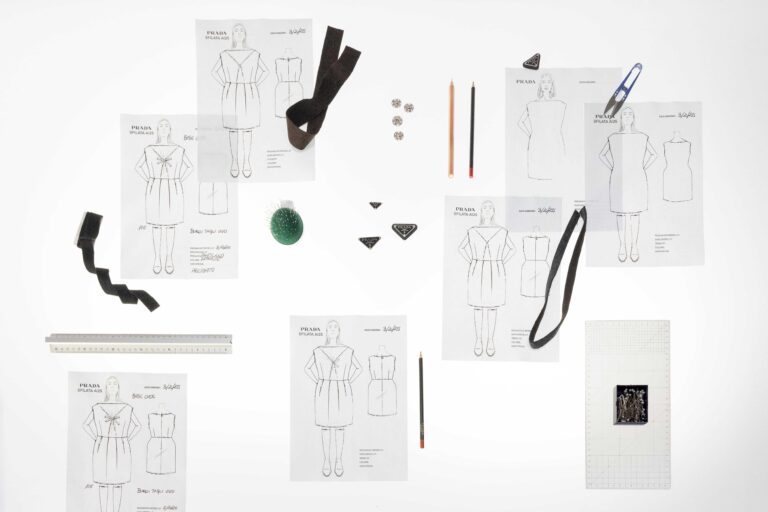

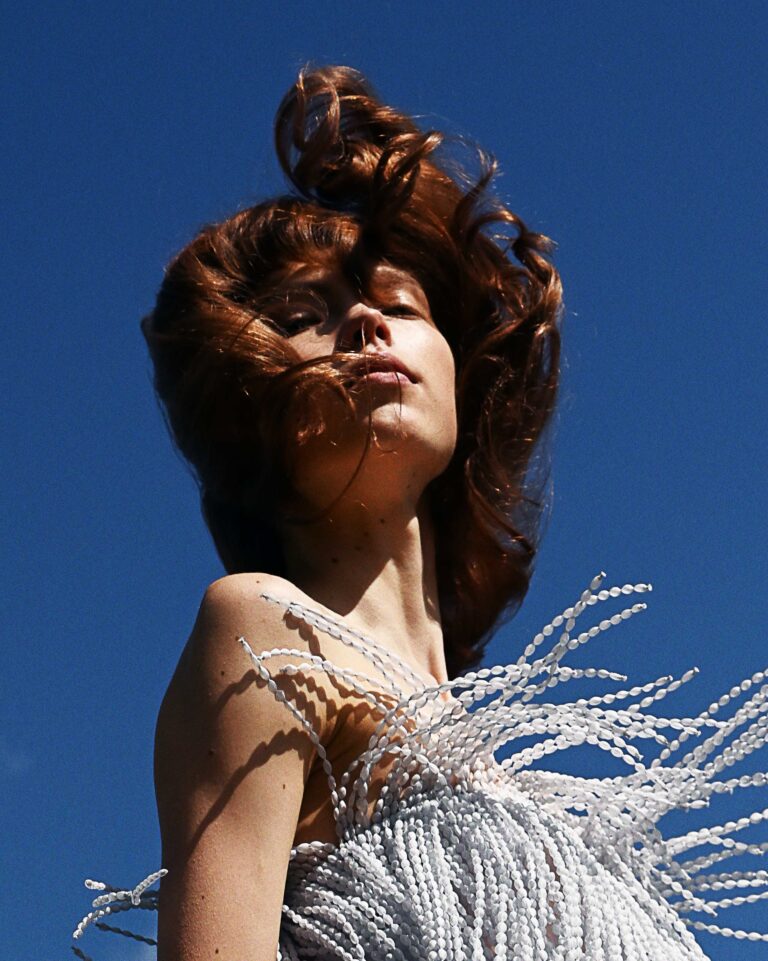
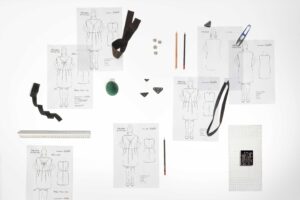

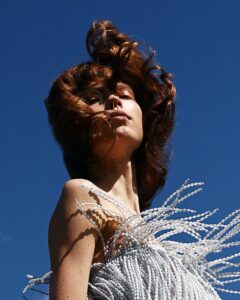



 in your life?
in your life?

